Data. Is there a more talked-about term in the business world today? Data is becoming increasingly useful for consumer behavior insight. As a result, companies left, right, and center are gathering numerous types of data that promise to help them personalize content, increase loyalty. . . you name it. This goldmine of information also proves invaluable for marketers. Rather than shooting in the dark, they can analyze data to craft campaigns and messaging that are actually effective. Having this knowledge also helps to shape future strategies so marketers can make more accurate decisions later down the road. But collected data is useless if it sits in a depository collecting dust. To truly understand the data, many digital marketers are turning to Structured Query Language (SQL). Want to learn how you can leverage SQL for marketing analytics? You’ve come to the right place. Let’s take a deeper dive to see why SQL is so beneficial for marketers and how to use it to harness marketing analytics that drive results. Before we go any further, it’s essential to understand what SQL is. Not to be confused with Sales Qualified Leads (which refers to prospective customers who are ready to be assigned to the sales team), Structured Query Language (SQL) is a programming language for interacting with a relational database. Put simply, SQL can be thought of as the language you need to communicate with a data repository. Whether you want to retrieve data or update it, you start the conversation by initiating SQL queries or requests, which the program executes and provides results for. In more complex terms, SQL allows you to extract and analyze data so you can use it to gain insights into customer behaviors, preferences, and interactions. Understanding the role of SQL developers can provide deeper insights into how these professionals design and manage databases to facilitate such analyses. As a digital marketer, unlocking marketing data ultimately means you can create more effective campaigns and achieve better marketing ROI. Here are a few reasons why marketing analysts should use SQL: As we’ve mentioned, the main aim of utilizing SQL for marketing analytics is to gain clearer insights into your target audience. With this understanding, you can then determine the best way to market to them. Let’s explore what this looks like in practice. Remember, while there are multiple SQL concepts in digital marketing, the objectives are usually similar. Data availability is crucial to effective marketing. Fortunately, data is everywhere. You’ll find useful pieces of information in every customer interaction, depending on where and how you look at things. Because of this, most marketing managers will gather any and all valuable data they can find. But data collection is only the first hurdle. While there are different ways to use SQL for marketing analytics, the first step is extracting collected data from storage. SQL makes this process easy by allowing you to seamlessly pull relevant information from various sources. This might include collecting and analyzing your databases, data warehouses, and Customer Relationship Management (CRM) systems. But don’t be afraid to consider other internal sources that might be more specific to your business. For example, if you’re a SaaS company or provide financial services, then you could consider pulling reports from your own accountancy or general ledger software. As both manage your financial data, they may provide extra insights when it comes to your marketing spend and value, as well as your customer’s purchasing habits. In the marketing world, understanding your audience is essential. How else can you target the right people or personalize marketing strategies? It’s often impossible to know each one of your customers individually. Instead, putting them in categories and interacting with them as a group offers more bang for your marketing buck. Using SQL, you can segment customers based on any parameters you choose. But ideally, it’s best to begin by grouping based on demographics, psychographics, and behavior. When segmenting by demographics, you might group audiences based on age, social, gender, and location-based classes. You can also group based on behavioral patterns, such as their purchase history and online interactions. Or, you could use psychographics to group customers—so, based on their lifestyle, interests, personality types, etc. If you’re a B2B company, you can segment your audience based on their industry, company size, buying power, and legal status. Why divide your audience? Because you can then tailor your messaging and offerings to each group. It reduces the risk of you annoying customers by sending them irrelevant content or products.Instead, you can deliver more relevant content that reaches prospective customers at the optimal time, leading to higher engagement and conversions. As a marketing metric, Customer Lifetime Value (CLV) is crucial for making informed decisions regarding your customer acquisition and retention efforts. It helps you identify the volume of repeat purchases, giving you insights into loyalty rates. Using SQL, you can determine CLV metrics by analyzing historical customer data, such as average order value and churn rate. That way, you know what percentage of customers are repeat or one-off buyers. This allows you to allocate resources more effectively, identifying high-value customers and designing strategies to retain them. It also lets you determine which marketing efforts need more work. For example, if more sales come from one-off buyers, it’s probably a sign you should hone your customer retention strategy. Attribution analysis is vital for understanding which marketing channels drive conversions and ROI. Similar to audience segmentation, you get to understand where the more significant percentage of your customers is. To take a thorough approach to calculating your ROI, be sure to take data from multiple sources. Pull data from marketing platforms, your CRM software, and your accounts payable management software. Each data source will give you a different perspective. For example, your CRM software will place your ROI within the context of your customers, whilst by pulling financial reports, you’ll get a complete picture of how much you’re spending on each marketing channel. Attribution analysis is another way to use SQL for marketing analytics. You can trace key performance indicators across multiple touchpoints and assign credit to the appropriate marketing channels. When you know which channels bring the best results, you’ll have a clearer sense of how to optimize budgets by focusing on high-performing avenues. On top of this, you can refine existing strategies to make everything more effective. Attribution analysis is vital for understanding which marketing channels drive conversions and ROI. Similar to audience segmentation, you get to understand where the more significant percentage of your customers is. To take a thorough approach to calculating your ROI, be sure to take data from multiple sources. Pull data from marketing platforms, your CRM software, and your accounts payable management software. Each data source will give you a different perspective. For example, your CRM software will place your ROI within the context of your customers, whilst by pulling financial reports, you’ll get a complete picture of how much you’re spending on each marketing channel. Attribution analysis is another way to use SQL for marketing analytics. You can trace key performance indicators across multiple touchpoints and assign credit to the appropriate marketing channels. When you know which channels bring the best results, you’ll have a clearer sense of how to optimize budgets by focusing on high-performing avenues. On top of this, you can refine existing strategies to make everything more effective. The digital customer journey is complex, often involving multiple touchpoints before conversion. SQL helps you map the customer’s journey easily. You can stitch customer touchpoints together and establish a path to gain a holistic view from start to finish. To do this, analyze the sequence of touchpoints and time between them to identify common paths and pain points. Then, you can use the insight to tailor campaigns that guide customers smoothly through the funnel. Personalization is at the core of modern marketing—and it’s a tactic many customers have come to expect. In fact, 56% of respondents in SalesForce’s State of the Connected Customer report expect all offers from a business to be personalized. Regardless of the product or service you’re marketing, the majority of customers will appreciate a personal touch in your interactions with them. Marketers can use SQL’s data analysis to create highly personalized campaigns. By crafting messages and offers that resonate with individuals, your engagement and conversion rates will improve. This level of personalization is possible due to varied customer data retrieved with SQL, from past purchases to browsing behavior and delivery preferences. A high churn rate means your business is losing customers faster than it’s getting them. Using SQL, you should check for high churn rate indicators by analyzing historical data for patterns and signals. Compare the volume of one-off purchases with the number of repeat customers. When you identify at-risk customers and situations that may cause customers to discontinue business with you, you can then implement targeted customer retention strategies to address the problem. In practice, that might look like targeted strategies such as personalized offers and proactive customer support that will win over at-risk customers. Now you know the varying concepts behind SQL for marketing analytics and use cases for digital marketers, you can leverage this valuable marketing tool to achieve exciting results. But you must get it right. You can use SQL to group customers by specific parameters or calculate customer lifetime value. Whatever you use it for, it’s bound to prove beneficial in analyzing key metrics that will bolster your marketing efforts. In essence, SQL is your ally, so use it.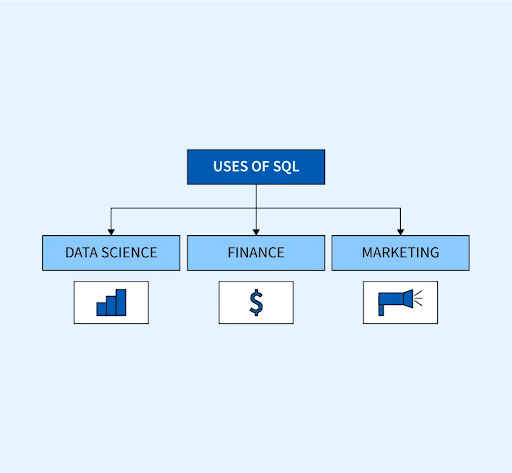
Why should you use SQL for marketing analytics?
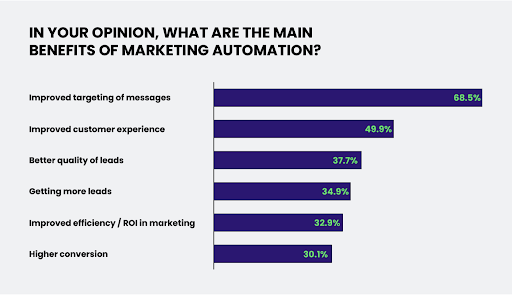
8 ways to utilize SQL for marketing analytics
1. Extract data from databases, warehouses, and CRMs
2. Segment customers by demographics and behavior
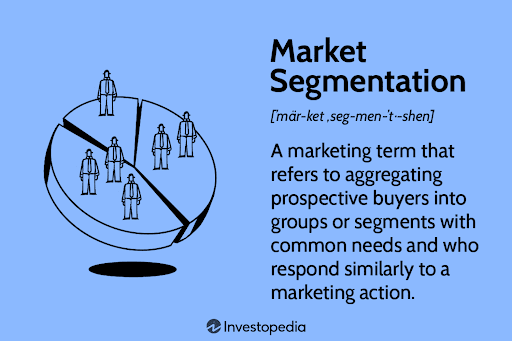
3. Calculate CLV by analyzing customer data
4. Attribute conversions to marketing channels
5. Measure campaign success through conversion analytics
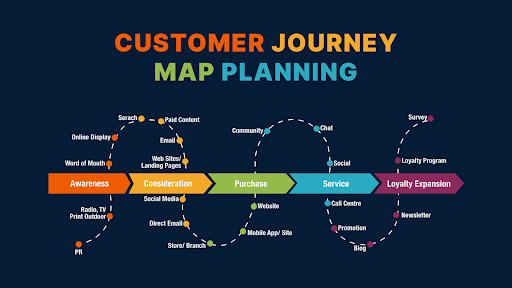
6. Track and understand customer journeys
7. Personalize marketing campaigns
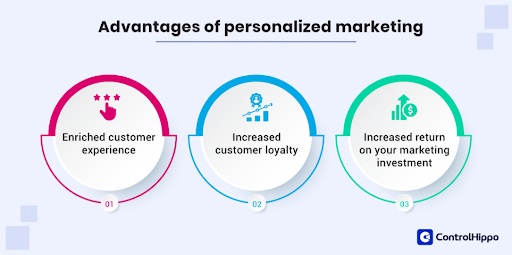
8. Identify and analyze churn-risk customers
Key takeaways
Don’t forget to share this article
Related articles
Nothing found.